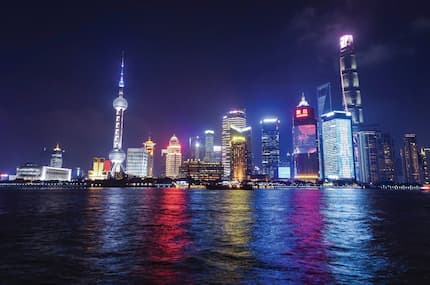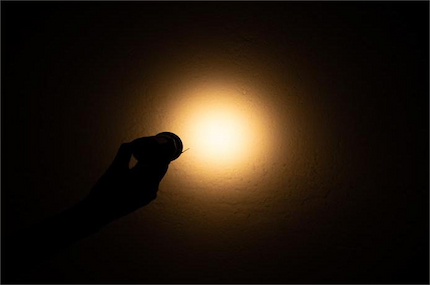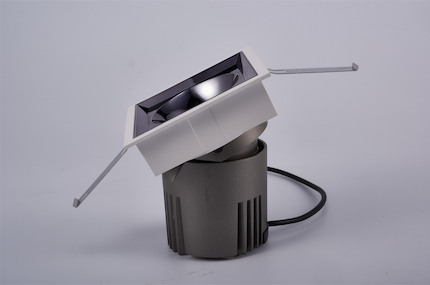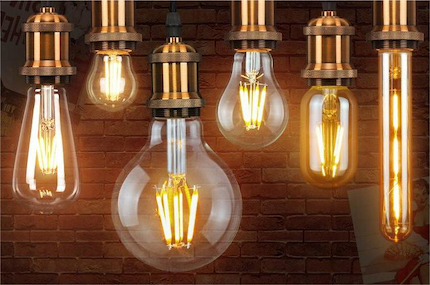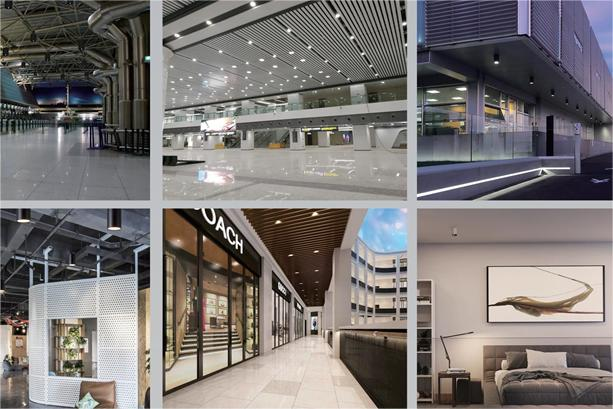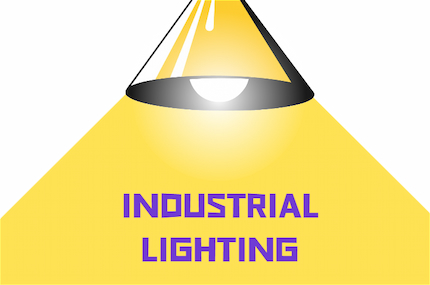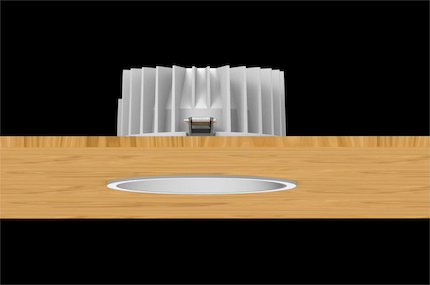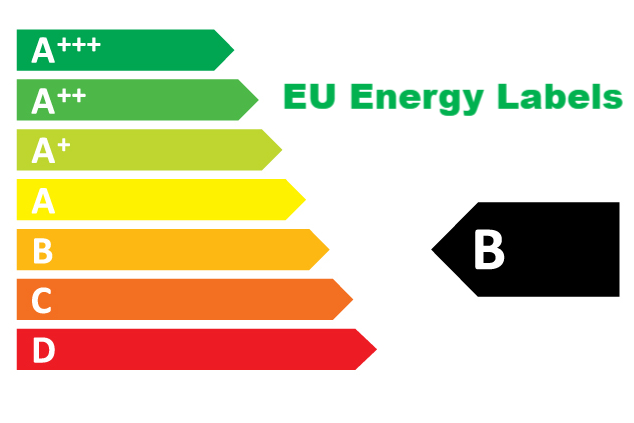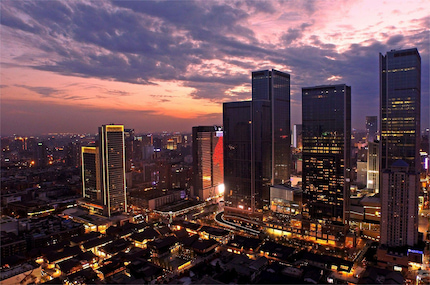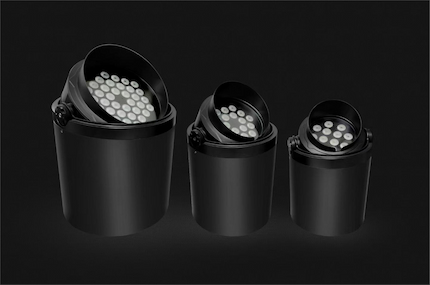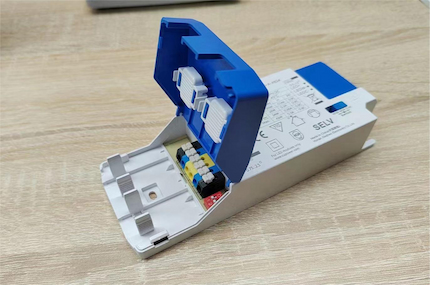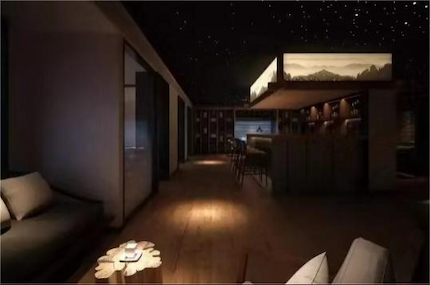Sep 28, 2023
In Today's Fast-Paced World, Led Lights Have Become a Dominant Force In The Lighting Industry. As An Oem/Odm Factory, China Has Emerged As a Major Global Exporter Of Led Light Fixtures, Catering To The Diverse Needs Of Customers Worldwide. In This Article, We Will Explore What Led Lights Are And Highlight Their Various Applications, Including Popular Products Such As Led Downlights, Spotlights, Track Lights, Linear Lights, Pendant Lights, Bulbs, Wall Lights, And Dimmable Downlights. Let's Dive Into The Illuminating World Of Led Lights.
Understanding Led Lights:
Led Stands For Light Emitting Diode. Unlike Traditional Incandescent Or Fluorescent Lights, Led Lights Rely On The Principle Of Electroluminescence To Produce Light. This Innovative Technology Offers Numerous Advantages, Making Led Lights The Go-To Choice For Residential, Commercial, And Industrial Applications.
Key Benefits Of Led Lights:
1. Energy Efficiency: Led Lights Are Highly Energy-Efficient And Consume Significantly Less Power Compared To Traditional Lighting Options. They Convert a Higher Proportion Of Electrical Energy Into Visible Light, Minimizing Wasted Energy As Heat. This Efficiency Translates Into Reduced Energy Consumption, Lower Electricity Bills, And a Greener Environmental Footprint.
2. Long Lifespan: Led Lights Have An Impressively Long Lifespan, Outlasting Conventional Lights By a Considerable Margin. Led Fixtures Can Deliver Up To 50,000 Hours Or More Of Continuous Illumination. This Longevity Minimizes Maintenance Costs And The Need For Frequent Bulb Replacements, Ensuring Hassle-Free And Cost-Effective Lighting Solutions.
3. Versatile Applications: Led Lighting Finds Immense Versatility In Various Settings. From Residential Spaces To Commercial Establishments, Led Lights Cater To a Wide Range Of Applications. Led Downlights Offer Focused And Adjustable Illumination For Task Lighting, While Spotlights Accentuate Architectural Features Or Specific Points Of Interest. Track Lights Provide Adaptable Lighting For Galleries Or Retail Spaces, While Linear Lights Offer Seamless Illumination For Modern Aesthetics. Pendant Lights Create Captivating Ambiance, And Bulbs Serve As Energy-Efficient Replacements For Traditional Lighting Options. Wall Lights Add Both Functional And Decorative Elements To Interior Design.
4. Dimmability: Many Led Lights, Including Dimmable Downlights, Offer The Flexibility Of Adjusting The Brightness To Create Desired Atmospheres. With Dimming Capabilities, Led Lights Enable Users To Set The Right Mood, Enhance Visual Comfort, And Save Energy By Reducing Light Output When Full Brightness Is Unnecessary.
Choosing a Reliable Led Downlights Manufacturer:
Given The Market's Influx Of Led Light Fixtures, Selecting a Reputable Led Downlights Manufacturer Is Crucial. Look For Reliable Manufacturers That Prioritize Quality, Adherence To International Standards, And Continuous Product Innovation. A Reputable Led Downlights Manufacturer Will Provide Comprehensive Warranty Coverage, Exceptional Customer Service, And a Broad Range Of Products To Meet Diverse Lighting Requirements.
Conclusion:
Led Lights Have Revolutionized The Lighting Industry With Their Energy Efficiency, Long Lifespan, Versatility, And Dimmability. As An Oem/Odm Factory, China Continues To Contribute Significantly To The Led Lighting Market, Exporting High-Quality Led Downlights, Spotlights, Track Lights, Linear Lights, Pendant Lights, Bulbs, Wall Lights, And Other Innovative Fixtures Worldwide. When Seeking Optimal Lighting Solutions For Your Residential Or Commercial Space, Opt For Led Lights From Reliable Manufacturers That Prioritize Quality, Efficiency, And Customer Satisfaction. Embrace The Illuminating Power Of Led Lights And Unlock a World Of Endless Possibilities For Both Functional And Creative Lighting Design.
